DOG TRAINING OFFERED IN-PERSON AND ONLINEOur dog training services are delivered in almost any format that meets your needs. We have GROUP CLASSES at our indoor and outdoor facilities on our farm, ONLINE LIVE STREAMING classes, and SELF-PACED VIDEO-BASED training through our Online Dog Training Course. Our PRIVATE TRAININGS can be done in-home, outside, in public dog-friendly locations, at our facility on our farm, online via phone or video conferencing and through email. |
When purchasing commercial dog treats, there are three considerations that manufacturers keep in mind: safety, convenience, health.
Safety
Meat has pathogens in it, and regulations for making commercial dog food and treats are very strict in eliminating pathogens because of the potential to cause harm to people, not necessarily dogs. The main pathogens in raw meat that are of most concern are salmonella, e.coli and listeria. In general, for healthy dogs, these pathogens are not a problem because their digestion is designed to accommodate pathogens, except for listeria, which can be very dangerous to dogs and humans. These pathogens are killed during cooking in temperatures greater than 160 degrees (or 165 for chicken and pork).
For raw foods or freeze dried foods that are not cooked, one manufacturing process to kill pathogens is irradiation, a process whereby food is subjected to ionizing radiation to attack bacteria by breaking chemical bonds in molecules. It does not result in radioactive food, but it does increase the free radicals and has shown to reduce nutritional values of food in the same way that cooking does.
Another manufacturing process to kill pathogens in raw or freeze dried foods that are not cooked is called high pressure processing (HPP). HPP is a process whereby food is subjected to intense pressure, which kills pathogens. But HPP also breaks apart protein just like cooking, so in our opinion, based on the information we have seen about HPP, there is not any difference between food treated with HPP and cooked food. Both still break apart protein, making it less healthy compared to raw food.
Electrolyzed water is a relatively new process in the U.S. that uses a special water whose chemical composition has been changed through the use of electricity. The ingredients are soaked in this water to eliminate pathogens. This seems like a viable solution to us, but we have not seen nutritional studies comparing electrolyzed food to raw food, so we cannot yet trust that it is a viable process for retaining the health of meat.
There may be other manufacturing processes that kill pathogens which we are not yet aware of.
Ordinarily, red meat should not contain any pathogens. But our current industrialized way of producing beef increases the potential for pathogens, which is why the above processes have emerged to eliminate pathogens.
Convenience
Commercial dog treat products are either dried or freeze dried. Dried food is made by subjecting it to low heat that removes the moisture over a period of time. Freeze drying is rapidly freezing food and then subjecting it to a high vacuum that removes ice by sublimation.
The goal in drying or freeze drying is to remove moisture from food so that it can become more shelf-stable, making it easier to transport and put on a store shelf.
Moisture is the main element that causes food to go bad, either through mold or through certain fats in the food going rancid. Oxygen is another element, but is difficult to eliminate in soft packaged products and even in microscopic amounts, it can cause mold or rancidity. Thus, the goal is to remove moisture.
A product with more moisture in it will spoil quickly outside of the refrigerator, whereas a product with little moisture may be able to remain outside of a refrigerator or freezer for a period of time and still be safe to consume. A shelf life of twelve months is a general goal in commercial shelf-stable treat products.
Meats dried or freeze dried also tend to be limited to lean cuts with as little fat as possible. Meat has a combination of fats – saturated, monounsaturated, and polyunsaturated. The latter two are not as stable at room temperature or exposure to light and go rancid quickly. Yet, they are healthy fats for dogs to eat, unless they are rancid, in which case they are not.
The problem with drying is that when it eliminates most of the moisture, the end product becomes very hard and brittle. But it is hard to work with brittle products, so manufacturers include additional ingredients – preservatives – that help food stay shelf-stable with more moisture so that it is more forgiving to eat or break apart into pieces.
Even if a manufacturer uses genuine grass fed beef, product quality will go down significantly with the use of preservatives. Popular ones are potassium sorbate (salt), tocopherols and glycerine.
The amount of salt needed to preserve meats for shelf-stability is way too high for dogs to tolerate. We see some treat products with packaging instructions that include the recommended maximum amounts of their product that can be fed to a dog per day. This is because of the high salt quantities used.
Tocopherols are antioxidants designed to prevent oxidation of fats. Whether they are natural or synthetic or organic, they are by-products of the vegetable oil refining industry, and the cleanup steps applied to the by product “sludge” are quite extensive before it can be used in food. Further, treat manufacturers purchase tocopherols from other manufacturers and the treat manufacturers may not even know the base source product for the tocopherols. It could be soy or other allergens that are not good for dogs to eat.
In addition, over time, with continual exposure to oxygen whenever you open the treat bag (and the bags are not perfect oxygen barriers either), the antioxidants are eventually all oxidized (used up) and the fats, beginning with the more fragile ones, start turning rancid. Studies show that frequent consumption of oxidized fats may cause cancer and contribute to many chronic health problems (1).
As a result, shelf-stable products may typically not be not as shelf stable as manufacturers think (2), despite what the best-use-by date says on the packaging.
Glycerine is a processed ingredient designed to encapsulate moisture and not a natural occurring substance in foods. It too can easily come from soy or other allergens.
Health
Because safety and convenience are of most concern in producing dog treat products, the end product is not as healthy and in many cases for shelf-stable products purchased in stores, we think there are unhealthy. As mentioned above, shelf-stable products may not really be that shelf-stable and the best-use-by-date that many typical products use, which is twelve months, is far too long (2).
The healthiest product is obviously one that is not cooked at all so as to leave intact the enzymes and protein for dogs to easily assimilate in their digestive tracts. But that would require careful handling from dog owners to ensure that pathogens are not ingested by owners and it is not at all convenient to be handling wet, slimy raw food when dispensing treats.
Recommendations for buying healthy treats
We recommend the following, which has been adapted from our resource guide, How To Make Healthy Food Choices For Your Dog
- Purchase and use shelf-stable products within 3-months of their manufacture date. This may be hard to do with many products, but we find that we can easily do this by purchasing dog treats from small companies.
- When not in use, store the products sealed in their original packaging in the refrigerator (or freezer if not planning to use for an extended period of time). Don't leave treat products out on your kitchen counter, unless they don't contain any meat products. Even then, don't leave them out for long periods.
- The best way to control pathogens in red meat is by producing grass fed, free range beef, devoid of growth hormones and extensive use of antibiotics. Buy from companies that use high quality meat. If the red meat source does not say 100% grass fed, then it is of poor quality. Organic and USDA rated red meats that do not say 100% grass fed are not healthy.
- Don't buy products that use irradiation or HPP, because it produces an unhealthy product.
- Buy from companies that source their ingredients in the U.S. or Canada and produce in the U.S. or Canada.
Footnotes
1. Brown, Steve (2010-03-03). Unlocking the Canine Ancestral Diet: Healthier Dog Food the ABC Way (Kindle Locations 1601-1604).
2. Brown, Steve (2010-03-03). Unlocking the Canine Ancestral Diet: Healthier Dog Food the ABC Way
Kindle Locations 1768-1773. One of the most important lessons I learned about formulating dog foods was: what can oxidize will oxidize. Many years ago I developed a freeze-dried “raw” food. Freeze drying removes the moisture in a food at low temperatures, thereby preserving most of the nutrients. I packaged the product in a high-barrier-to-oxygen foil bag, and included an oxygen scavenger (one of the small packets often found in vitamin jars) in the bag to absorb the oxygen left in the bag after packaging. Theoretically, I should have had a stable product, with a shelf life of at least one year. But when I tested the product every month for oxidizing fats, I found a steadily deteriorating product. The fats—probably EPA and DHA—were becoming rancid. The defenses against oxidation I utilized were not sufficient.
Our goal is to positively impact the lives of as many dogs and their families as we can, in part through our extensive library of video, infographics and text articles. |

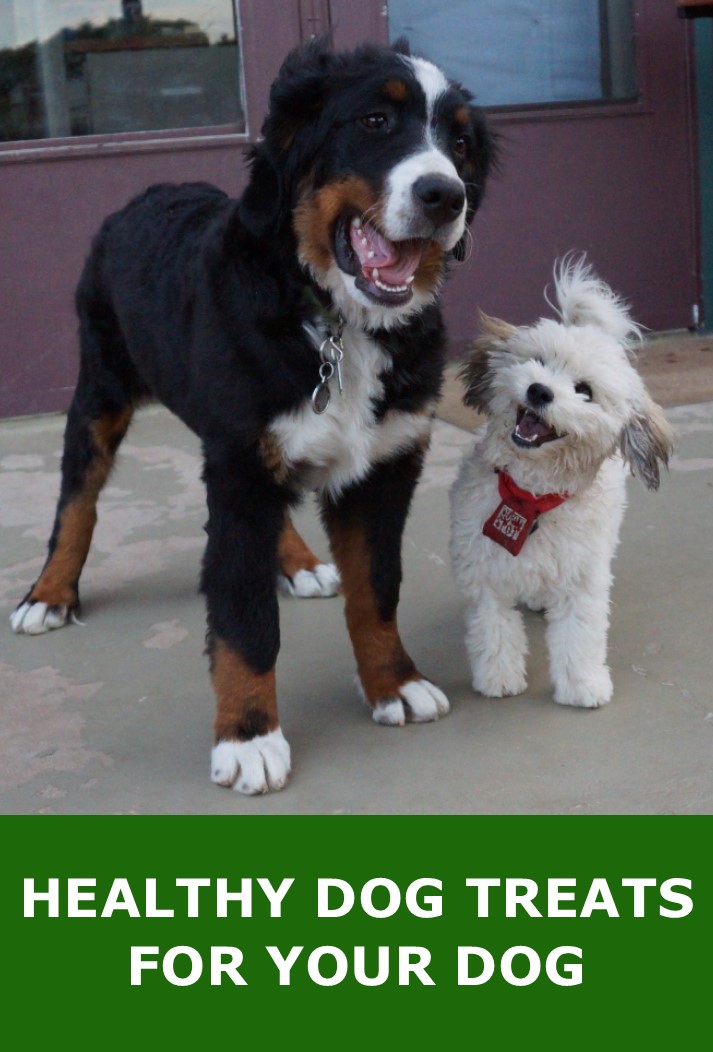

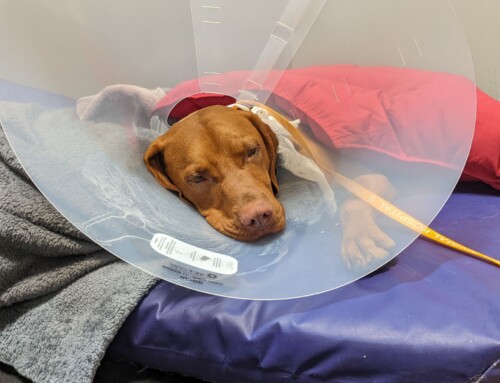
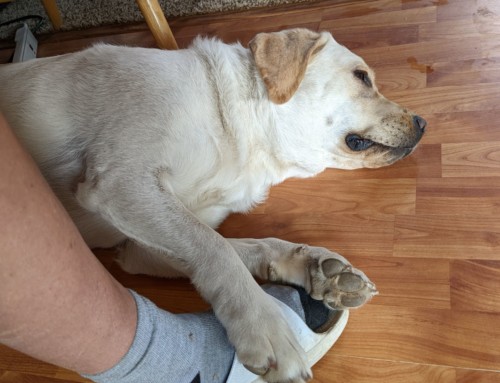

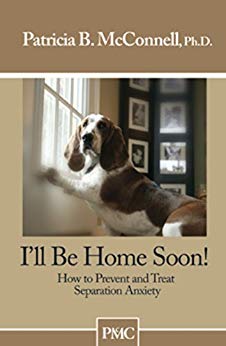
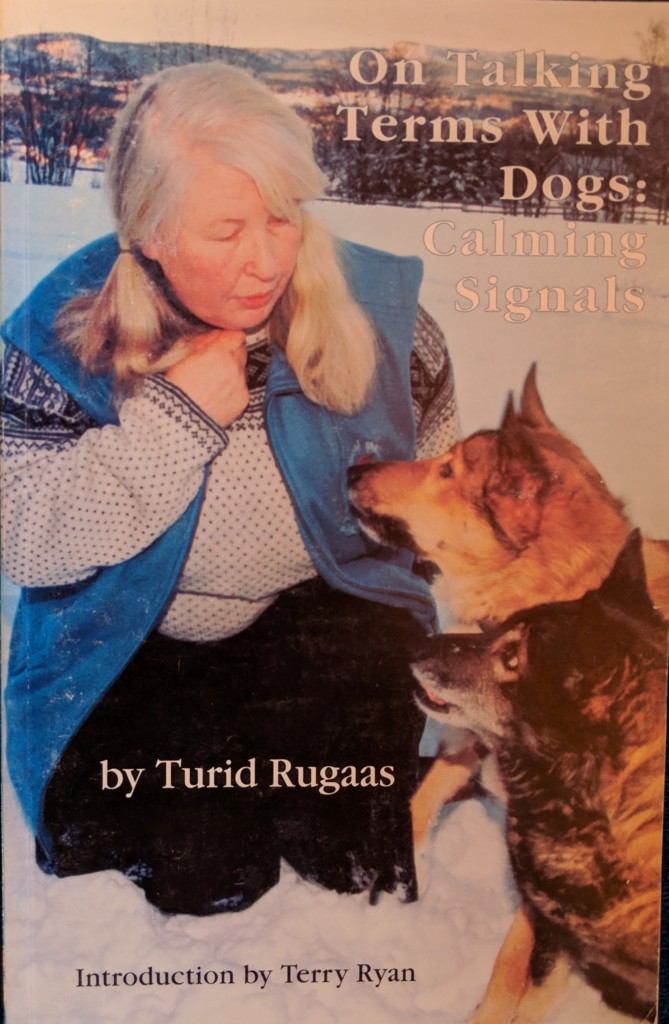
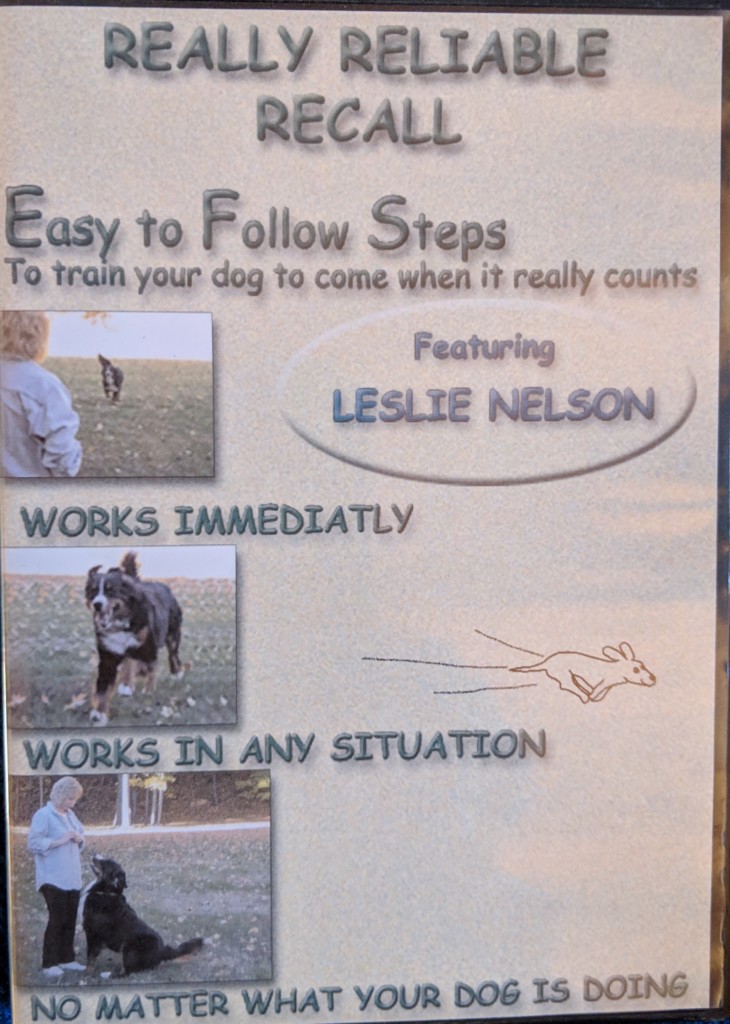
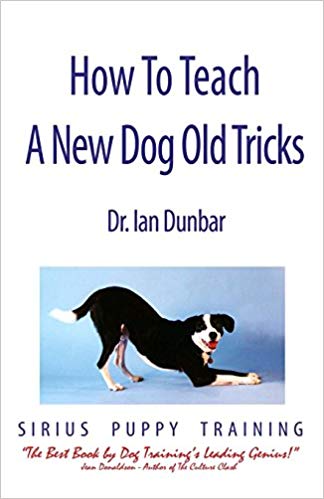
Leave A Comment